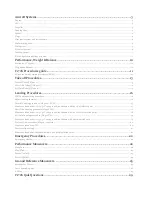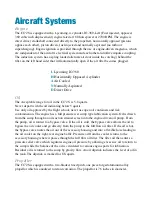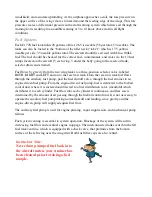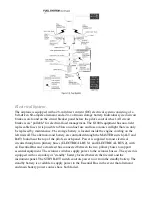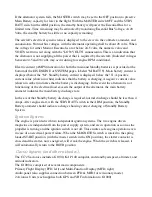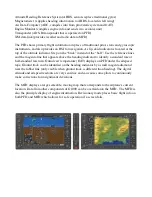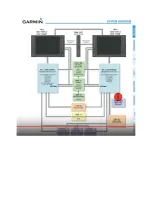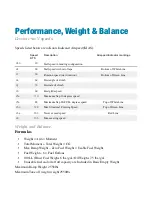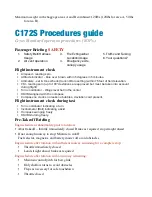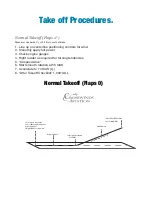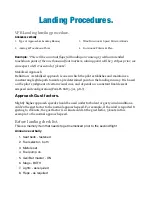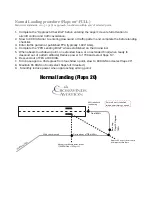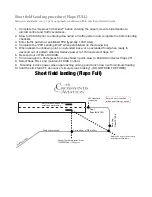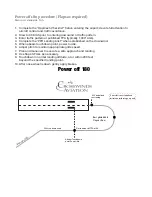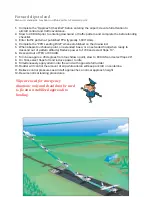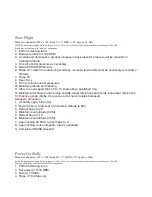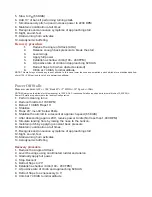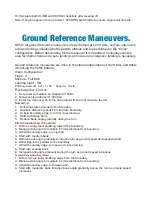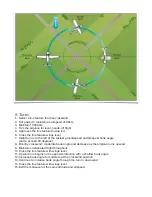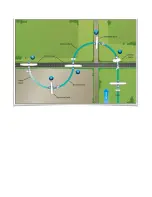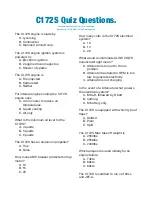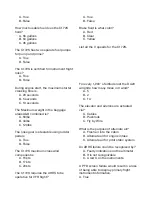
Landing Procedures.
VFR Landing briefing procedure.
Announce verbally
1. Type of Approach & Landing Runway
2. Aiming & Touchdown Point
3. Wind Direction & Speed Pattern Altitude
4. Go-Around Criteria & Plan
Example
:
“This will be a normal flaps full landing on runway 13 with an intended
touchdown point of the one thousand foot markers, aiming point will be 3 stripes prior, we
can expect a left crosswind of 5 knots”.
Stabilized Approach
Definition: A stabilized approach is one in which the pilot establishes and maintains a
constant angle glide-path towards a predetermined point on the landing runway. It is based
on the pilot’s judgment of certain visual cues, and depends on a constant final descent
airspeed and configuration (FAA-H-8083- 3A, p.8-7).
Approach Gust factors.
Slightly higher approach speeds should be used under turbulent or gusty wind conditions.
Add 1⁄2 the gust factor to the normal approach speed. For example, if the wind is reported 8
gusting to 18 knots, the gust factor is 10 knots. Add 1⁄2 the gust factor, 5 knots in this
example, to the normal approach speed.
Before landing checklist.
This is a memory item that needs to get memorized prior to the second flight
Announce verbally
1. Seat belts - fastened
2. Fuel selector - both
3. Mixture set
4. Fuel pump on
5. Gen/Bat master - ON
6. Mags - BOTH
7. Lights - as required
8. Flaps - as required
Содержание C172S Nav III
Страница 1: ...C172S Nav III Training Manual Crosswinds Aviation 1st Edition...
Страница 9: ......
Страница 12: ...Mixture to cutoff Fuel selector magnetos and battery master off Touchdown at lowest speed possible...
Страница 28: ......
Страница 31: ...B False...

